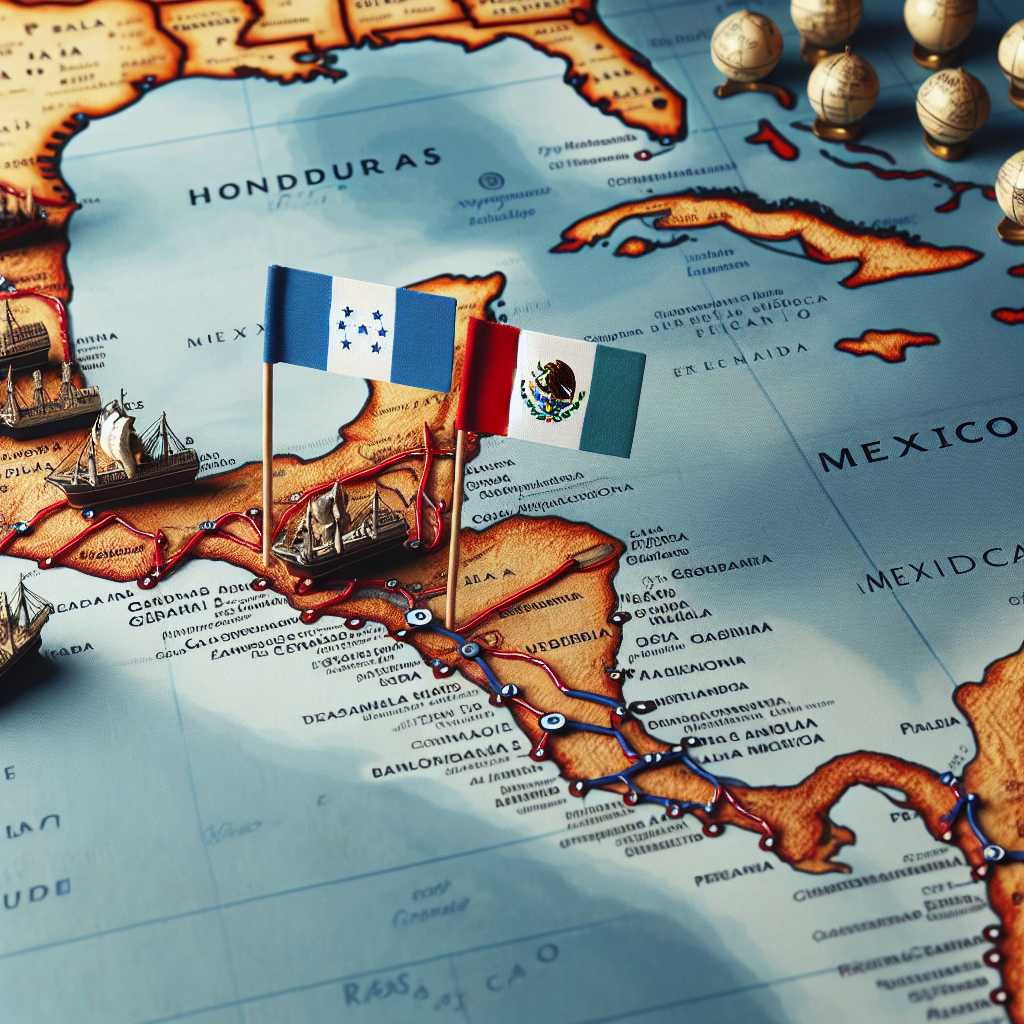Understanding the Multifaceted Relationship Between Honduras and Mexico
The relationship between Honduras and Mexico is a multifaceted one, encompassing historical ties, economic dealings, cultural exchanges, migration, and diplomatic collaborations. These two countries, lying in the heartland of Latin America, share more than just geographical proximity; they have interwoven legacies shaped by indigenous cultures, Spanish colonial histories, and modern challenges. This article aims to delve into the vectors along which Honduras and Mexico relate, providing a comprehensive insight into their partnership.
Historical Background and Cultural Ties
The story of Honduras and Mexico’s relationship dates back centuries to the times when the Maya civilization had its footprints on both territories. Post-16th century, Spanish colonization reshaped the social and cultural landscapes of both lands, leaving behind a legacy still apparent in language, religion, and cultural practices. In contemporary terms, this historical past has led to shared cultural festivities and traditions that underscore their Latin American identity.
Economic Interactions and Trade Agreements
In an increasingly globalizing world, the economic ties between nations act as critical drivers of their relationships. Honduras and Mexico have numerous trade agreements that facilitate the movement of goods and bolster economic ties. On big agendas like the recently defunct North American Free Trade Agreement (NAFTA) or its successor United States-Mexico-Canada Agreement (USMCA), Honduras is not a primary signatory; however, it still remains affected by the economic rippling effects these agreements have on the wider North American region.
Mexico is one of Honduras’s top trading partners; the disparity in the size of economies notwithstanding. Mexico exports a host of products to Honduras including crude oil, electronic equipment, and agricultural products while importing clothing, fruit, coffee, and seafood from Honduras. Moreover, both are a part of the Central American Integration System (SICA), aimed at fostering regional economic integration.
Migration Patterns: From Transit to Tragedy
Migration is a significant component of the Honduran-Mexican dynamic. Historically, migrations from Honduras to Mexico have had various catalyzers such as economic opportunities, avoidance of political unrest or violence in Honduras, or as a pathway to reach the United States. This has placed Mexico in a critical position as both a destination and transit country for Honduran migrants.
The challenges faced by migrants including human rights abuses, trafficking, and perilous journeys have been cause for bilateral discussions between Mexico and Honduras. Both governments collaborate on migrant protection initiatives but are simultaneously pressured by factors such as U.S. immigration policy shifts that affect how migrations streams are managed.
The Political Sphere: Diplomacy and Collaborations
Diplomatic relations between Honduras and Mexico have historically been cordial with established formal relations since 1879. They maintain embassies in each other’s capitals facilitating diplomatic engagements addressing trade, national security issues including drug trafficking and organized crime prevention strategies.
Inter-governmental discussions often revolve around exemptions in Visa requirements for tourists between the two nations facilitating easier cross-border movements to foster deeper cultural interaction and exploring ways in facilitating safer migration pathways for Hondurans traversing through Mexico.
Cultural Influences and Academic Exchanges
Mexico’s influence can be observed in the cultural arena of Honduras through arts, literature, media and more. Notably, Mexican music styles such as Ranchera or Mariachi are popular in Honduras. Equally important are academic exchanges that foster intellectual growth across borders.
Both nations take part in cultural exchange programs which include scholarships for students to pursue higher education in respective countries which assists mutual understanding. These programs solidify a foundation for long-term relationships between future leaders across cultural divides.
